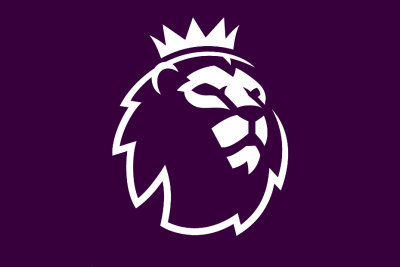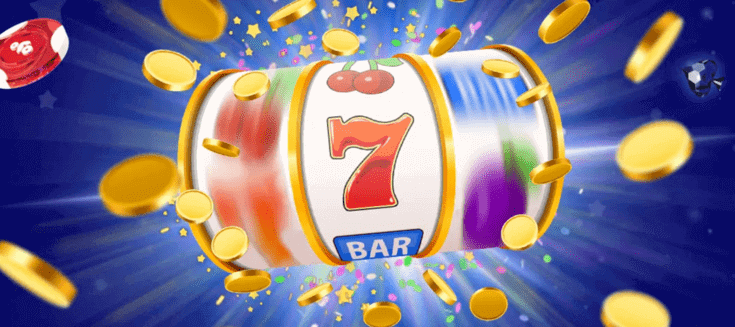RTP gives an estimate of how much the player is expected to win back after a number of bets on slots online. Ideally, the ‘Return to Player’ percentage should be somewhat high to attract more players and provide positive expectations to players. Here are some examples of some slots which have quite a high RTP, developed by different software providers.
Best RTP Games List [UK 2024]
Ugga Bugga | RTP: 99,07%

Created by Playtech back in 2006, its RTP goes as high as 99.07% which is a pretty good deal. Ugga Bugga is situated in a jungle, filled with tropical fruits and tribal masks categorising its reels and rows into 2 groups, each group having 3 reels and 5 rows.
Play at:
Mega Joker | RTP: 99%

With this slot, NetEnt provides us with a 99% Return to Player rate. Its RTP is not the only thing attracting players, its classic slot design and progressive jackpot made it one of the favourite slots machines since being released in 2013.
Play at:
Jackpot 6000 | RTP: 98.86%

Another spectacularly classic game coming from NetEnt, offering punters with yet another generous rate of 98.86% and another in-game jackpot.
Play at:
1249 Uncharted Seas | RTP: 98.60%

‘1249 Uncharted Seas’: Coming from the up-and-coming software provider, Thunderkick, this slot takes the player far out at sea with the assurance of having a high return to player value of 98.60%. This machine has 5 reels and 3 rows all aiming for a possible number of 25 paylines.
Play at:
Esqueleto Explosivo | RTP: 97.60%

Another game from Thunderkick, exploding to a high RTP value of 97.60%, just like the exploding skeleton heads found within the game.
Play at:
Birds on a Wire | RTP: 97.20

‘Birds on a Wire’ also by Thunderkick, which is adored by many, thanks to its cartoonish and colourful style with an electrifying twist and an RTP of 97.20%.
Play at:
What is RTP? Return to Player Explained
RTP is an acronym for ‘Return to Player’ which is essential to notice and consider when using slots machines. This value is calculated over time according to the number of bets the player plays, not according to the wagered amount.
For instance: a player can wager only £10 and still win £80, since slots have RNG technology making them random. Despite their RNG technology, RTP offers a good indication of the chances the player has in order to win.
RTP is basically the opposite of the ‘House Edge’.

If a game has an RTP of 97%, it makes the House Edge to be 3%. Therefore, it is foreseen that the player would get 97% of the amount that they have wagered.
On the other hand, as fair and of an advantage as this may sound, it does not always work out that way and with good reason. If the player keeps on winning at that rate, then where is the risk of gambling?
Therefore, RTP is considered more of a theoretic concept. When developing a slot game, the creators programme the RTP into the slot.
Each spin is random and determined by a Random Number Generator (RNG). However, they are not truly random, or else there would never be any certainty of winnings and it would only make online gaming sites rich while emptying players’s pockets for nothing.
This is where RTP comes in: built into it is a code which creates the House Edge over an infinite number of spins. Therefore, the more spins the player bets, the closer they are in reaching the RTP percentage and win.
Developers are legally bound to make their RTP information easily accessible to the public before putting their games on the market, Thus, the player can easily find the RTP value of a game of their choice, which will most likely be found in the game’s settings.
The most common value of RTP vary between an average of 94% to 97% with some exceptions which go over or below. Common knowledge shows that the higher the RTP, the higher are the chances of earning a pay-out.
Although, this could also mean that winnings might be quite low. When a slot has an RTP of 95% or less, it does not mean that it is necessarily bad, it could mean that the developers intend to provide greater profits to the player instead of showering them with cheaper frequent winnings.





